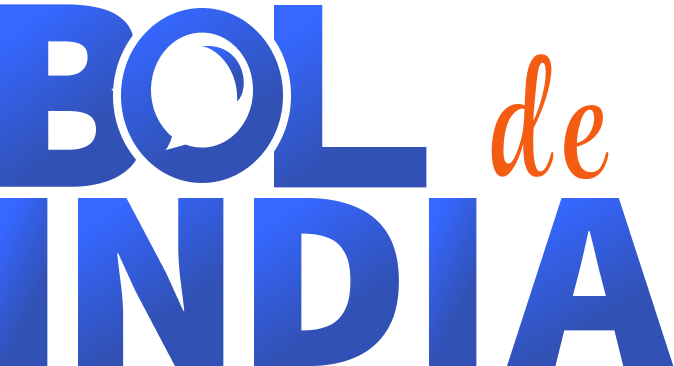PHP projects require you to write code and then save it with a .php extension. The difference between PHP and other popular web technologies like HTML and JavaScript is that PHP code is executed on the server instead of the client-side.
This means that if you try to run PHP code in a web browser, the browser will print the entire code. You need a server to execute PHP projects or scripts. We’ll talk about this more later in the article.
If you want to learn PHP so you can build your first project, then the Udemy course “PHP for Beginners (with CMS Project)” will be really helpful.
PHP is a scripting language that powers most of the websites today. So, a PHP project can refer to anything that is developed using PHP, including websites, web apps, and applications.
Some things that go into a PHP project include:
- – The PHP code itself
- – A web server
- – A database
What Makes Up a PHP Project?
Several things come together to make a PHP project possible, including:
1. PHP Development Environment/Language Release
Before you start working on any PHP projects, it’s important that you learn the basics of the language. This includes things like CSS, HTML, and JavaScript. The more you know, the better!
There are currently two popular variants of PHP in use: PHP 5 and PHP 7. While there are some small differences between the two, they are mostly the same. However, there are a few things to keep in mind when choosing between PHP 5 and 7. For example, PHP 7 doesn’t provide support for the MySQL extension.
PHP projects usually start with developing the webpage(s) using CSS and HTML. While HTML is used to add functionality to a webpage, CSS defines how everything on the page looks to the user.
Next comes PHP, which helps connect the code on the web page with a database management system (DBMS) and also with a server so the page can be displayed or published online.
Note: Learning PHP, like any other programming language, can be challenging. You should learn from various sources.
2. Development Tools; Editors, IDEs, and Frameworks
PHP projects require PHP scripts, which can be easily created using Notepad – the classic way to do so is as follows:
- Open Notepad (or any other text editor),
- Create a new file,
- Write down the PHP code, and
- Save the file using a .php extension.
venturing out to learn php online course, without reinventing the wheel is the most preferred way. However, when working on a full-fledged project or even when learning advanced concepts that require jotting down Brobdingnagian proportions of code, this same method is inefficient.
There are a number of software, application suites, and technologies available to facilitate the development of PHP applications. These tools can be leveraged to streamline the entire PHP project development life cycle, from code inception to deployment and delivery.
There are a number of great code editors available for writing PHP code, each with its own unique set of features and capabilities. Some of the most popular options include:
- Atom
- Brackets
- Komodo Edit
- Notepad++
- Sublime Text 3
- Visual Studio Code
When it comes to choosing a comprehensive development tool for developing PHP projects, there are several Integrated Development Environments (IDEs) available on the market.
While code editors are limited to coding-related aspects, IDEs expand the feature list by adding testing, debugging, version control, and much more. Some popular IDE options for PHP development include:
- – Eclipse
- – Komodo
- – NetBeans
- – PhpStorm
- – Rapid PHP editor
- – Zend Studio
PHP is primarily used for web development. Websites and web apps are web development projects. In addition to code editors and IDEs, PHP frameworks are development tools that focus on facilitating web development using PHP.
Unlike IDEs and code editors, frameworks are a compilation of libraries and modules that offer a generic structure of program (for a website or a web app) development. Here is an article that dives deeper into some of the best PHP frameworks for web development.








